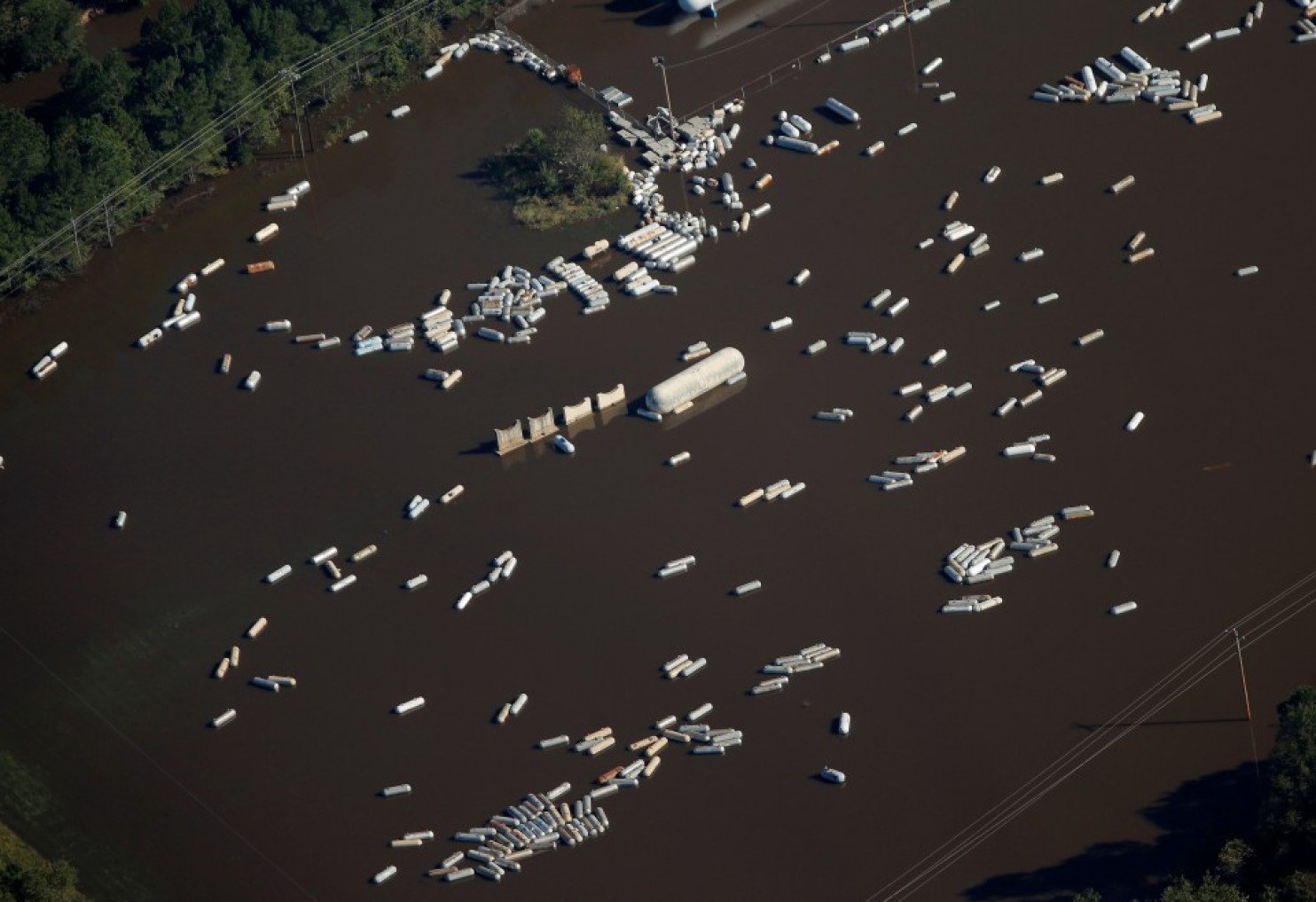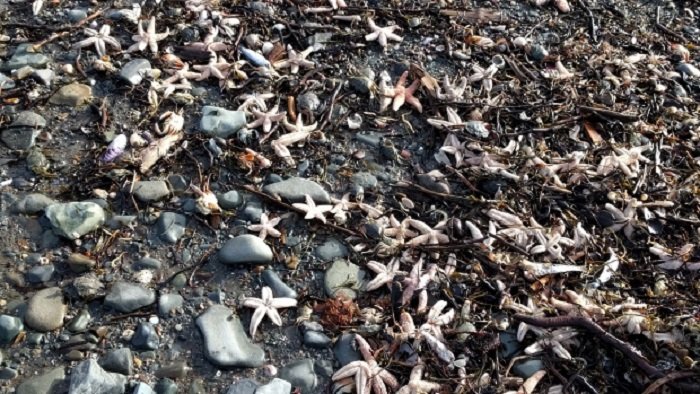In 2016, of all the weather events to affect the nation, four stood out: a hurricane, a flood, a drought and a blizzard. These four were historic and extreme, setting numerous records and affecting large areas. Unfortunately, they caused a great deal of suffering and economic losses.
Six other storm events, which were more localized, round out the top 10.
Tornadoes were not among this year's most significant weather events. This year was, generally, a quiet year both in terms of the
overall number of tornadoes and
tornado fatalities.
Much more than wind, in 2016, water (or, in one case, lack of water) caused the lion's share of weather-related deaths and damages.
As seven of the top 10 weather events involved extreme rainfall, and several 1-in-1,000 year events, perhaps you could call it the year of the flood.
Without further ado, here is our rundown of the most significant and extreme weather events of 2016 in the Lower 48:
1. Hurricane Matthew (September-October)
© Chris Keane/ReutersFuel tanks are seen after floodwaters rose because of Hurricane Matthew in Lumberton, N.C.

Comment: For more coverage on the extreme weather affecting the entire planet, check out our monthly SOTT Earth Changes Summaries. Last month:
SOTT Earth Changes Summary - November 2016: Extreme Weather, Planetary Upheaval, Meteor Fireballs